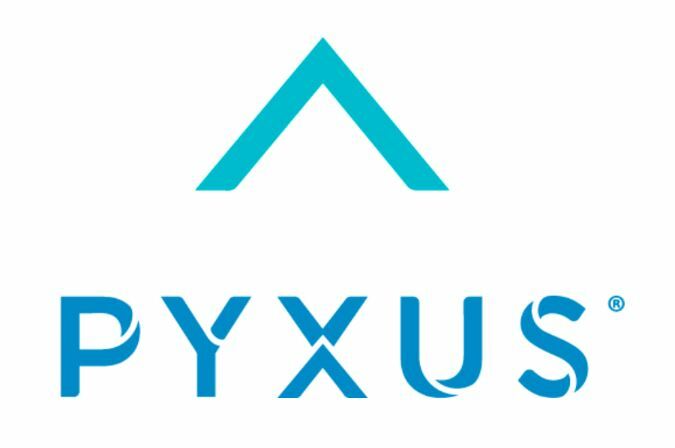
This is a big month for retirement savers. On Nov. 1, the IRS announced cost-of-living adjustments for 401(k) plans, and the contribution limits are going up for 2025.
If you're planning ahead before 2025 rolls around, now's the perfect time to set up a strategy. With these higher limits, you can crush your retirement savings goals and make the most of every penny. The new 401(k) contribution limits for 2025 If you're aiming to become a retirement millionaire , the 401(k) can help.
This employer-sponsored retirement account comes with higher contribution limits than individual retirement accounts like Roth IRAs . Plus, your employer might add money to your 401(k) to help you beef up your retirement savings. Let's dive into the basics so you can plan ahead.
Here are the 2025 cost-of-living adjustments the IRS just announced for 401(k) plans. 401(k) plan limits 2025 2024 Maximum elective deferral for employees $23,500 $23,000 Total contribution limit for employer and employee combined $70,000 $69,000 Catch-up contribution for employees age 50 and older $7,500 $7,500 Super catch-up contribution for eligible employees $11,250 $0 Let's break down what those numbers mean. Maximum elective deferral for employees : There's a cap on how much you can contribute from your salary into your 401(k) plan.
For 2025, you can defer up to $23,500 into your 401(k) instead of keeping it as take-home pay. If you have a traditional 401(k), your contributions will reduce your taxable income for the year. Total contribution limits : In 2025, the employee-only limit is $23,500, up from $23,000 in 2024.
But there's also a higher overall limit that includes any contributions your employer makes. This combined limit for 2025 is $70,000, up from $69,000 in 2024. Catch-up contribution : If you're 50 or older, the IRS allows you to stash away more money in your 401(k) on top of the standard limit.
This is known as a "catch-up contribution." In 2025, the catch-up contribution is the same as it was in 2024, which was $7,500. This means older employees can contribute up to $31,000 total on their own.
The combined total contribution limit, including employer contributions, can reach as high as $77,500 in 2025 for eligible employees. Super catch-up contribution : For employees aged 60 to 63, there's an even higher catch-up limit in 2025. These employees can contribute up to $11,250 in catch-up contributions, bringing the total personal contribution limit to $34,750.
With employer contributions, eligible employees can reach a combined limit of up to $81,250 next year. Planning your 401(k) contribution goals for 2025 A 401(k) is packed with appealing perks, but there's a lot to consider when deciding how much to contribute each year. First, think about your retirement goals and how much you plan to save in other accounts in 2025.
You might even want to beef up your IRAs before maxing out your 401(k). IRAs offer more flexibility and might have lower fees than some employer plans. Since every 401(k) plan is unique, check your plan details to weigh the pros and cons.
Next, take a close look at your finances. The more you put into a 401(k), the less you'll see in your take-home pay. Make sure you're living below your means to make it easier to set aside extra cash for retirement.
And don't forget to check if your employer limits how often you can change your contribution amount. If not, you can start small and increase your contributions once you're feeling more comfortable with your budget. No matter what you decide, the best part is that you're getting a head start.
With some planning now, you'll be all set to crush your 401(k) goals when the new year rolls around..














